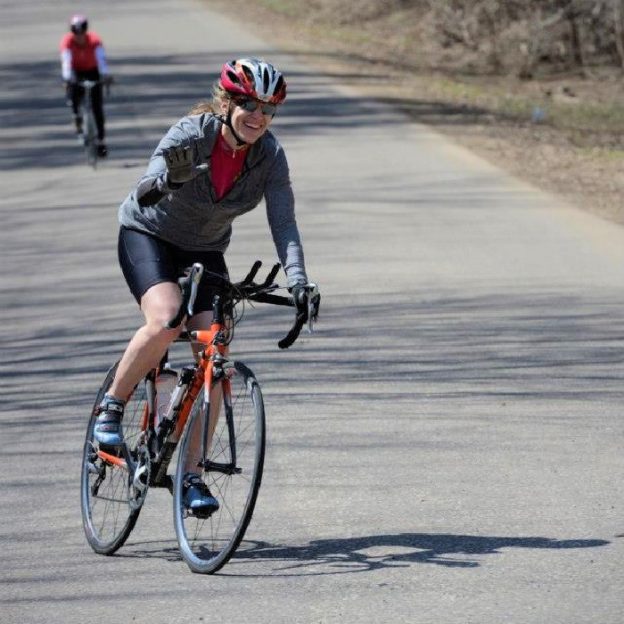Tag: Adventure Bikes
-

Adventure bikes are super capable. Are they the right bike for you?
Over the past few years, a new category of bicycle has been developing – The Adventure Bike. Although these Adventure Bikes may look like a road bike, they offer features that allows for ridding off road trails.

